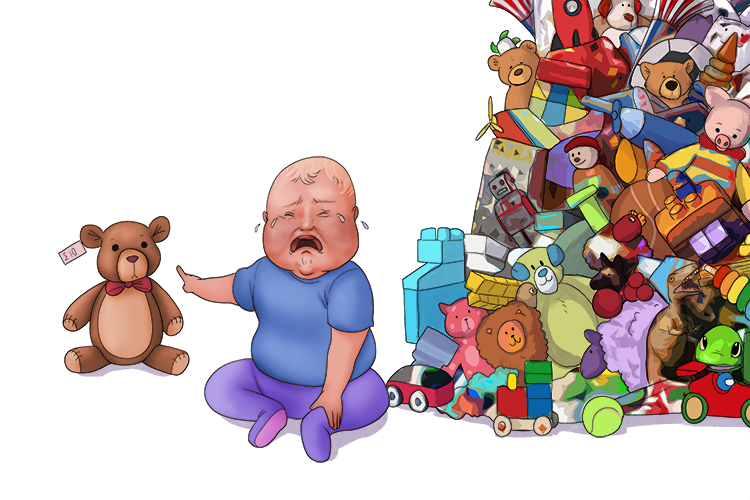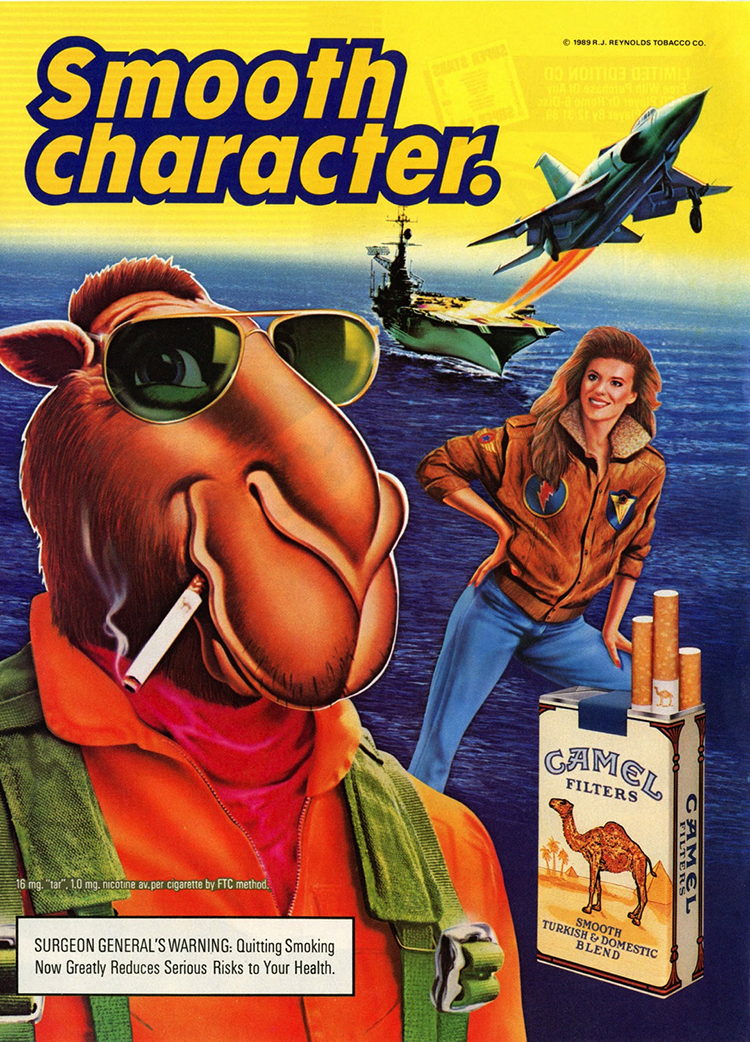Wants – Things that people would like to have; not limited to things they need to survive
To remember what wants means use the following mnemonic:
He wants (wants) a new toy, but he doesn't need it.

Wants are often based on personal preferences and desires and can be anything, a piece of chewing gum to a new car. Businesses can target wants by selling products and services that people want, but do not need. In contrast, a need is something that is necessary to live and function, while a want is something than can improve your quality of life. Using these criteria, a need includes food, clothing, shelter and medical care while wants include everything else.
Here are some examples of consumer ‘wants’:
- Luxury goods: Luxury goods are products that are considered to be high-end and expensive. They are often targeted at people who have a lot of disposable income and want to buy the best of the best.
- Experiences: Experiences are things that people do for enjoyment or pleasure. They can include things like going on holiday, attending concerts, or dining at fine dining restaurants.
- Status symbols: Status symbols are products that are seen as a way to show off wealth or status.
Businesses that target wants have to understand what their target market wants and how to deliver it to them. They also need to be prepared to compete with other businesses that are targeting the same wants.
Companies design marketing campaigns that heighten your wants and are so clever that even when you know a product is dangerous to your health, they can convince you to buy their products. For example, tobacco companies were hugely successful in making people want their product when cigarette advertising was widespread. There is no need to smoke cigarettes (until you become addicted to them), but tobacco companies did all they could to make people want their product by using:
Celebrity Endorsements
Celebrity endorsements sell products. People idolize celebrities, so when tobacco companies pay celebrities to be seen in adverts smoking their brand of cigarette audiences are prompted to buy that product either subliminally or directly. Just one endorsement can spell an increase in sales by 4% states Marketwatch (a marketing company.)
Buy one get on free
Price discounts such as ‘buy one get one free’ can make you want to buy their brand of cigarette. Even if a company practically gives their product away for a short period, the tobacco industry will recoup the money many times over as people get addicted.
Attractive Displays
Tobacco companies were allowed to have sleek point-of-sale display boards, attractive marketing materials and bright, colourful cases. They pushed retailors to put their products at eye level and next to popular and fast-moving products to catch the eye of the public.
Cartoon characters
To make the younger population want cigarettes, tobacco company’s produced cool looking cartoon characters such as Joe Camel.

Joe Camel became almost as well-known as Mickey Mouse among 3 to 6 year olds, which is incredibly dangerous in terms of glamourising cigarettes for a young audience.
Movies and TV
Tobacco companies would pay TV executives money to include their product prominently in TV series or movies. The association even at a subconscious level creates a want and increases sales.
Magazines
Targeting the top selling magazines with large attractive adverts especially targeting adolescents and teens increases sales.
Understanding how you turn your product into a very strong consumer want and make it desirable to your target market can reap vast rewards. For some companies this is what makes them successful and it works. If it didn’t work, how else do you get a customer to not buy a basic hatchback and instead buy a Ferrari?




